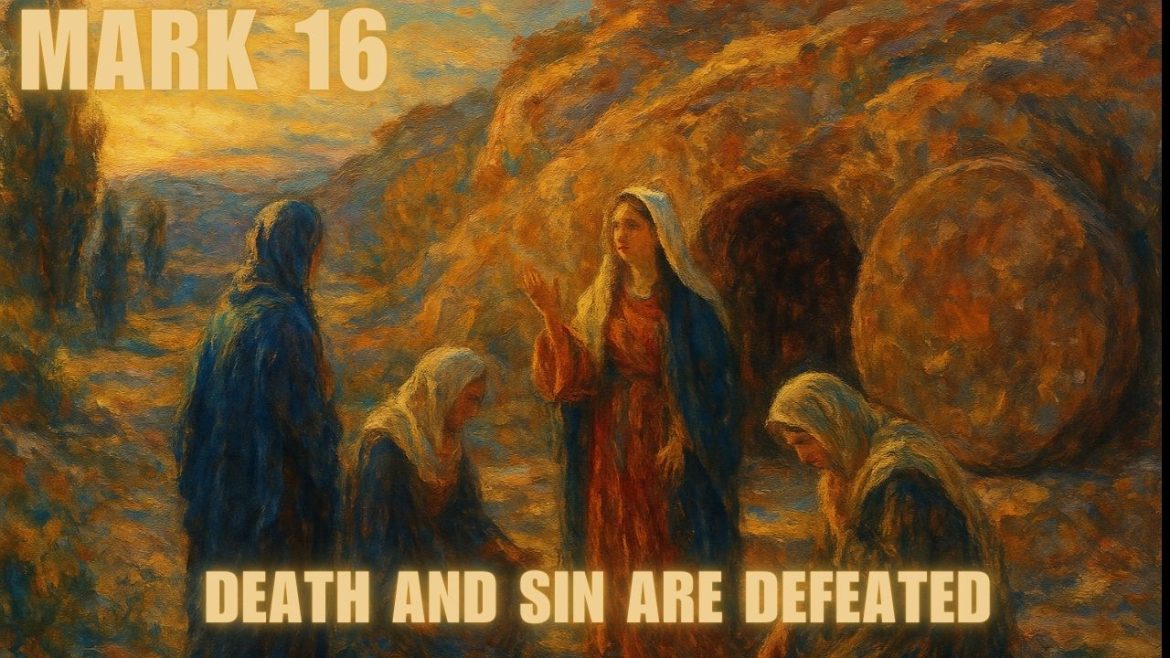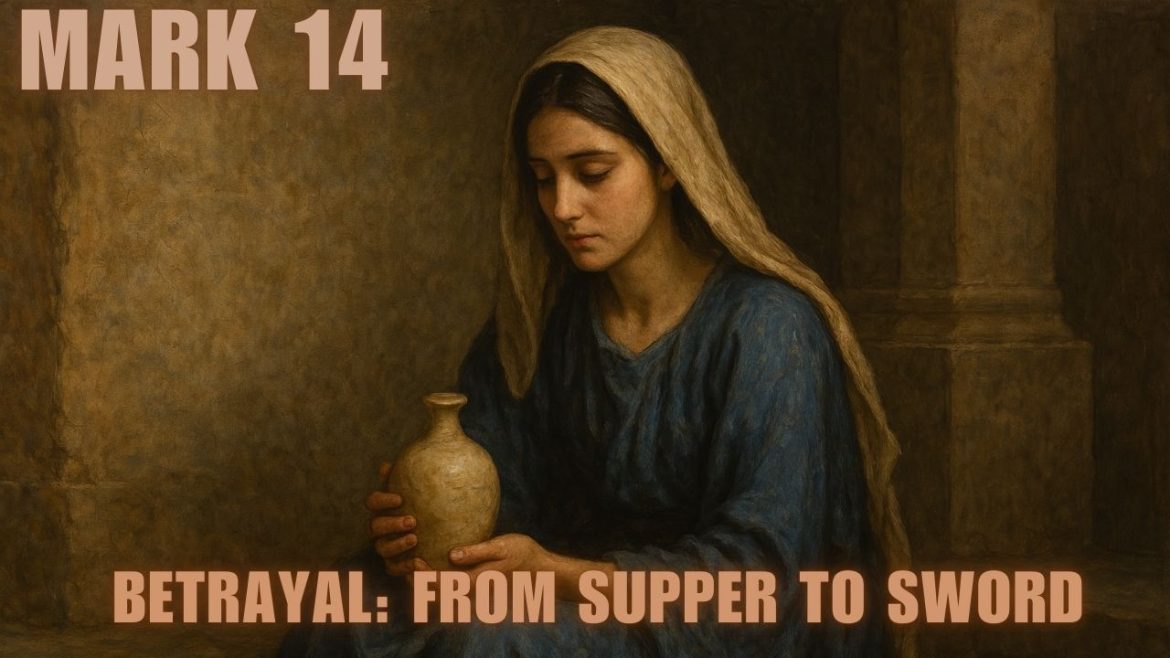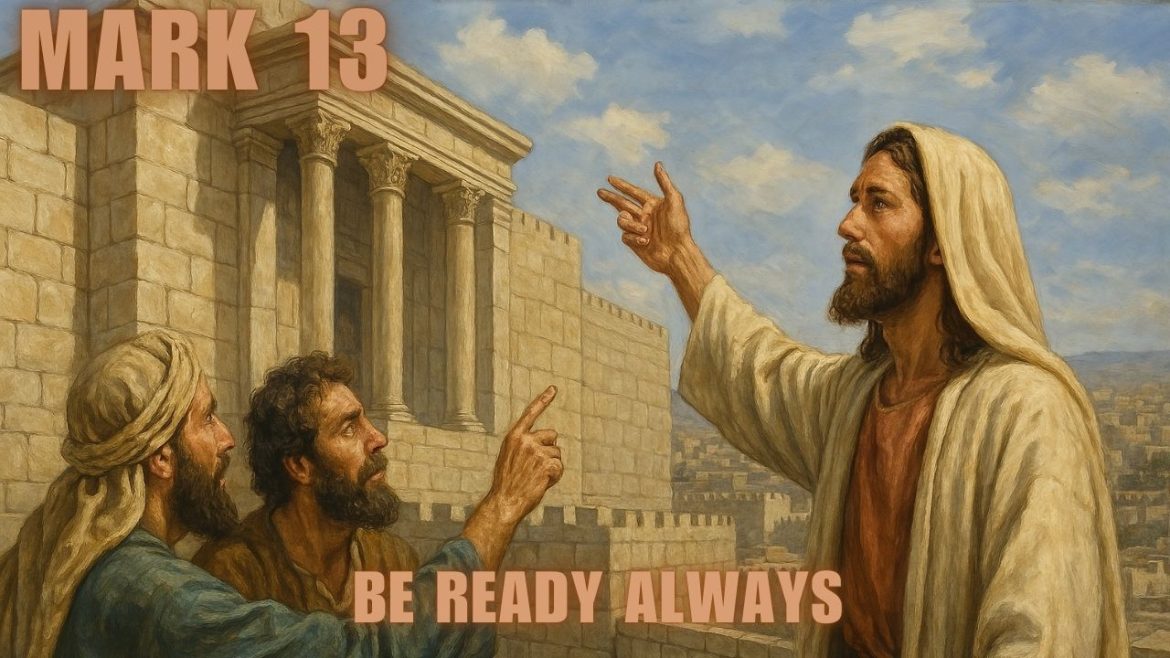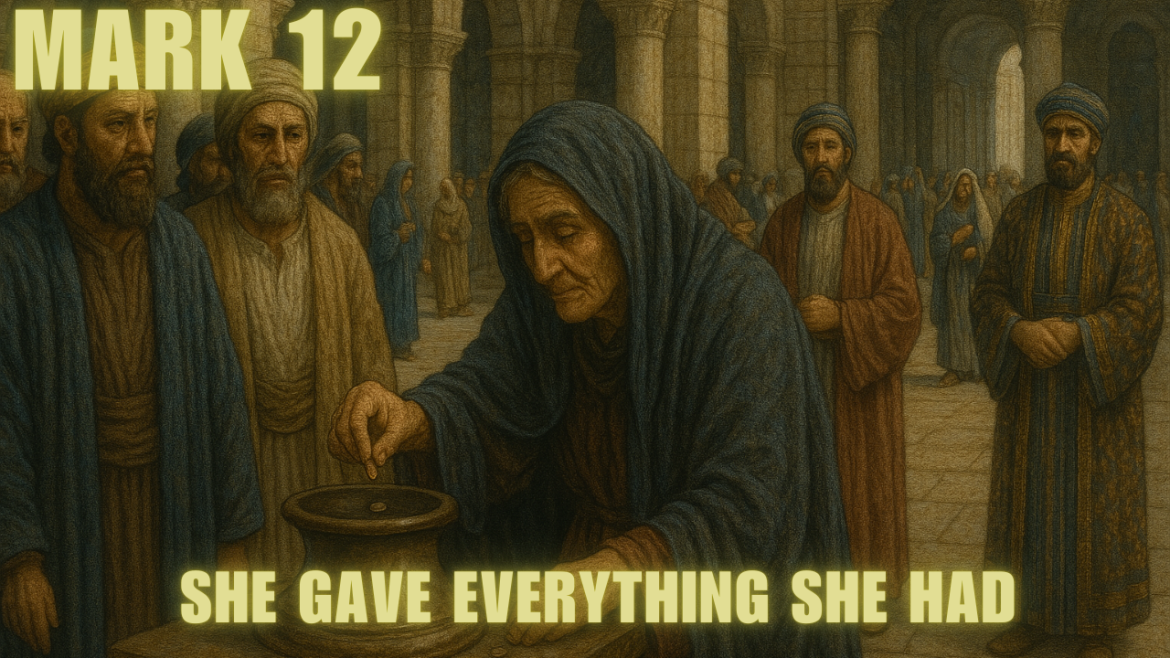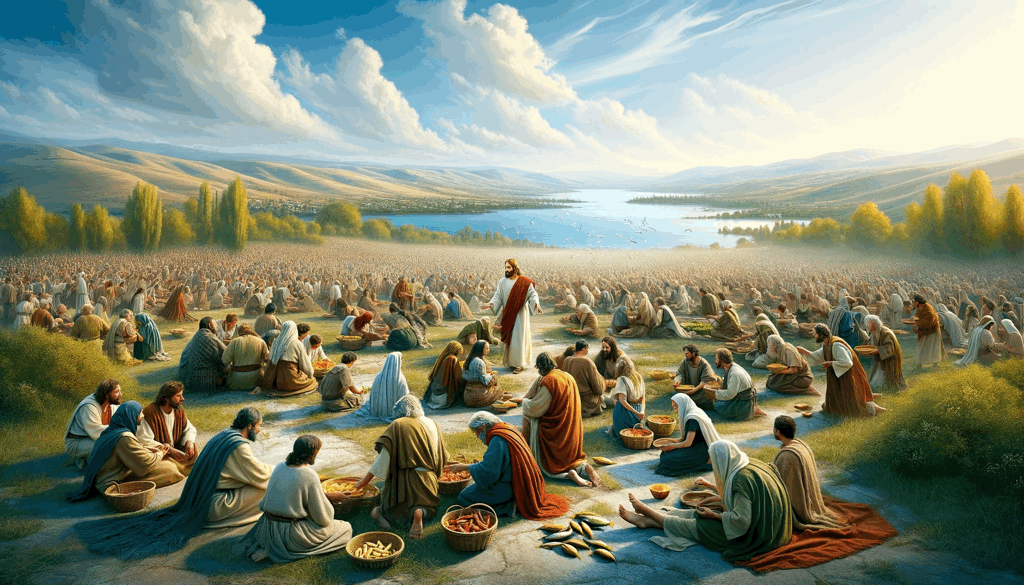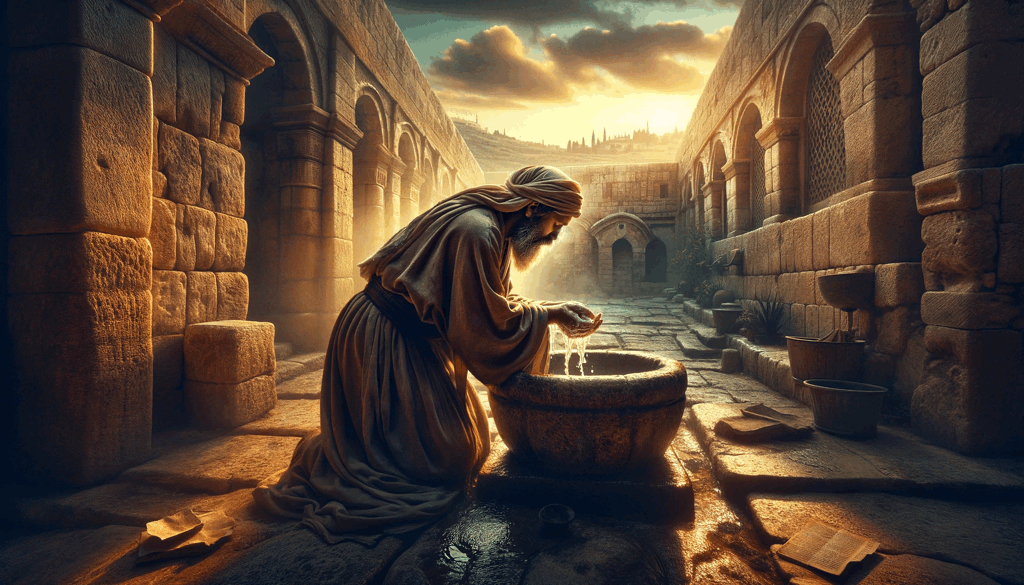The Morning After the Sabbath: Witnesses, Wonder, and the Start of Everything
Introduction: When Hope Seems Lost
It’s the morning after the Sabbath. Jesus has been crucified. His followers are grieving, confused, and afraid. The story seems over. But early in the quiet hours, something extraordinary is about to unfold. Three women—Mary Magdalene, Salome, and another Mary—head to the tomb to finish the burial rituals they couldn’t perform earlier. What they find changes history forever.
This moment, captured at the end of the Gospel of Mark, is more than just a record of an event. It’s a turning point that speaks volumes about courage, belief, and how often God chooses the unexpected to tell His story.
The Tomb is Empty: A Message That Still Echoes
As the women walk toward the tomb, their main concern is logistical—Who will roll away the heavy stone? That detail alone highlights their deep devotion. They’re going anyway, even if the obstacle seems immovable.
But when they arrive, the stone has already been rolled away. Inside, a young man tells them not to be afraid. “You seek Jesus of Nazareth, who was crucified. He has risen. He is not here.”
Whether this figure is an angel or the risen Jesus himself, one thing is clear: Jesus died and now he lives. The message strips away any speculation—He wasn’t stolen, smuggled out, or miraculously resuscitated. He died. And then, he rose.
Fear and Silence: A Real Human Reaction
The women don’t erupt with joy. They flee in stunned silence. The Greek term used here suggests deep emotional shock—an overwhelming mix of awe and fear.
It might seem odd to modern readers that they didn’t immediately run shouting in the streets, but their reaction is deeply human. Sometimes, when we encounter something beyond our comprehension, silence is the only response.
Eventually, they do tell the disciples. The message gets out. But it didn’t come with fireworks. It came through trembling steps and hesitant voices—another reminder that faith often starts in quiet moments.
The Women Stayed: Faithfulness in a World That Didn’t See Them
It wasn’t Peter or John who first arrived at the tomb. It was the women—again.
These were the same women who stayed near the cross when most of the disciples scattered. In a time when women had little to no societal standing, their witness stands as a powerful affirmation that God chooses the overlooked, the marginalized, the faithful.
And that’s what makes the story ring true. If the Gospels were just a PR move for the disciples, they wouldn’t have written themselves as doubters, cowards, or skeptics. They certainly wouldn’t have cast women as the first heralds of the resurrection.
But that’s what we get—raw, honest accounts that elevate the unlikely.
The Longer Ending of Mark: Filling in the Blanks?
Mark’s Gospel originally ends at verse 8—with the women fleeing in silence. But later manuscripts include verses 9–20, offering a more extended account of the resurrection appearances and the Great Commission.
There’s debate among scholars. Did Mark originally end with silence? Was the longer ending added from other sources or oral tradition?
Whatever the origin, this longer ending doesn’t contradict other Gospel accounts. It reinforces what we find in Luke and Matthew: Jesus appears to Mary Magdalene, rebukes the disciples for disbelief, and gives them a mission—to go into all the world and share the good news.
Some parts of this ending, like snake-handling and drinking poison, have sparked controversy. But they likely reflect early Christian experiences of miraculous protection and power, as seen in the Book of Acts.
Why This Matters Today: A Message for the Morning After
This story begins on a morning that felt like the end. But it was actually the beginning.
We all experience “morning after” moments—after a loss, a disappointment, a betrayal—when hope feels out of reach. This story reminds us that even when the stone looks immovable, it might already be rolled away. Even when death seems final, resurrection is possible.
And it reminds us that God works through ordinary, overlooked people. You don’t need to be a bold preacher or a miracle worker. Sometimes showing up is the most faithful thing you can do.
Takeaways for Modern Life
- Faith Often Begins Quietly: We expect fireworks, but sometimes God meets us in silence and stillness.
- The Courage of Women Matters: Scripture lifts up the voices of women, showing their strength and devotion when it mattered most.
- Doubt Doesn’t Disqualify: Even the disciples doubted. Jesus still called them, sent them, and empowered them.
- The Resurrection is Central: Everything hinges on this moment. Without it, there is no gospel. With it, everything changes.
- You Are Part of the Story: The Great Commission wasn’t just for the Eleven. It’s for all believers—then and now.
Conclusion: The Stone is Rolled Away
The resurrection isn’t just an ancient story—it’s an invitation. An invitation to believe that what seems final might not be. That silence can lead to speech. That fear can be transformed into courage. That even after the darkest day, a new morning can begin.
Whether you find yourself at the tomb today or somewhere on the road, the message is the same: He is not here. He is risen.

